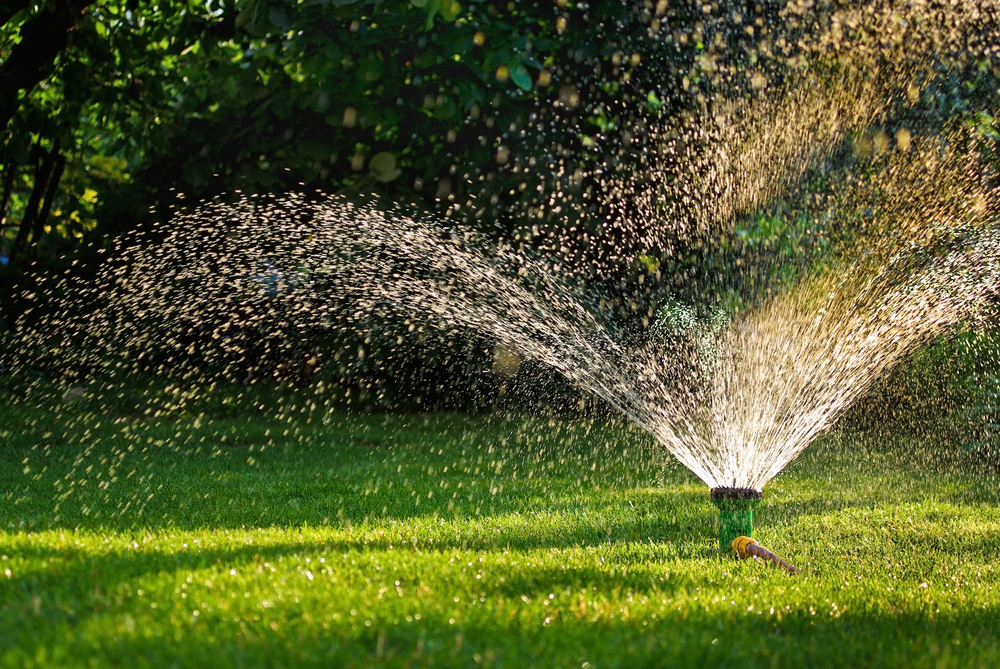Keeping your grass green involves a few different means of care. These can include fertilization, treatments for weeds, keeping it mowed at a shorter level, aeration, and the oft-overlooked watering. Watering your lawn haphazardly can have ill effects. It’s best to know when, how often, and how much to water your bermudagrass lawn. The ideal time to water is in the morning, before noon to be safe. This allows your grass to retain its moisture during the hot afternoon, but dry off somewhat before nighttime. Wet grass at nighttime can actually promote disease, and you don’t want that. When determining how much it has rained will have a direct impact on how much you water. You can’t control the weather, but you can keep your Bermuda from drying out. If it’s rained a lot lately, you won’t need to water as much. If it’s been dry for a few days about an inch a day of watering before noon is optimal. Keep up on your local watering restrictions, as they may have an impact on how often you are able to irrigate. For the latest info, go to www.georgiadrought.org.
Measuring the proper amount of water to apply:
• Take six containers that measure the same and place them randomly in the area that your sprinkler wets.
• Lightweight cups can be used but use something heavy to weigh them down.
• Run your sprinkler for an hour.
• Check the depth of water in each cup.
• Take an average of all six depths. This will give you the amount of water that’s been applied evenly over an hour.
• Now, just make an estimation of how long it might take to apply an average inch of water.
KEEPING BERMUDAGRASS WATERED DURING A DROUGHT
Unlike most other residential grass types, Bermuda is extremely hearty and can take a punch. Without watering, bermudagrass can survive for up to eight weeks. It’s not ideal, but should the situation arise, rest easy in knowing that. Bermudagrass has the ability to make itself go dormant due to the effects of drought. The grass will probably turn yellow but, if your lawn is healthy initially, it has a much better chance to recover when water is abundant or available again.


